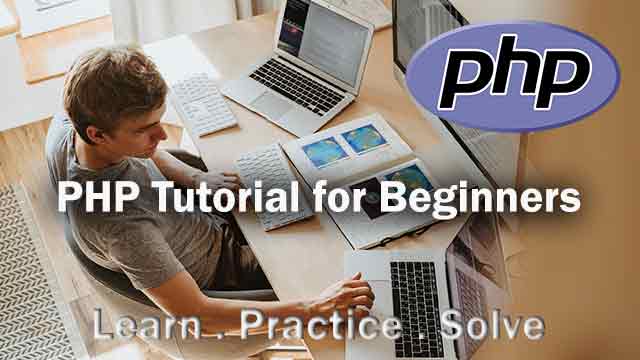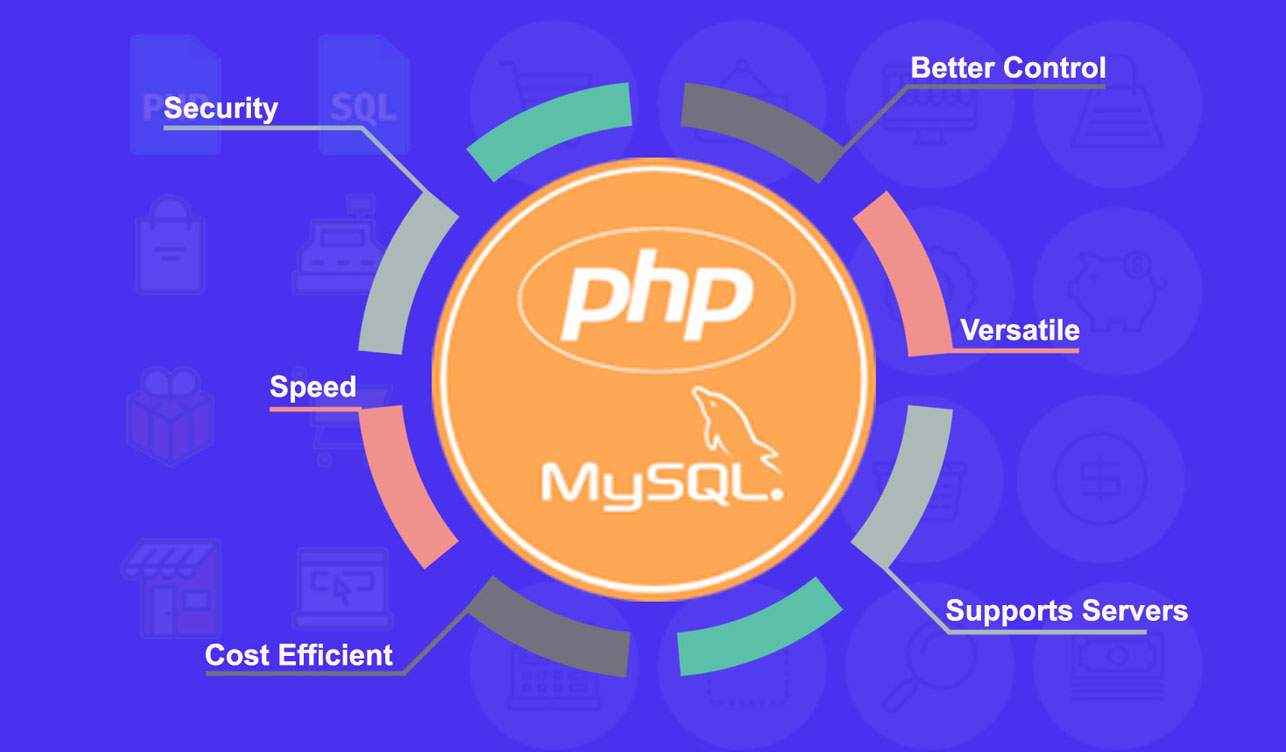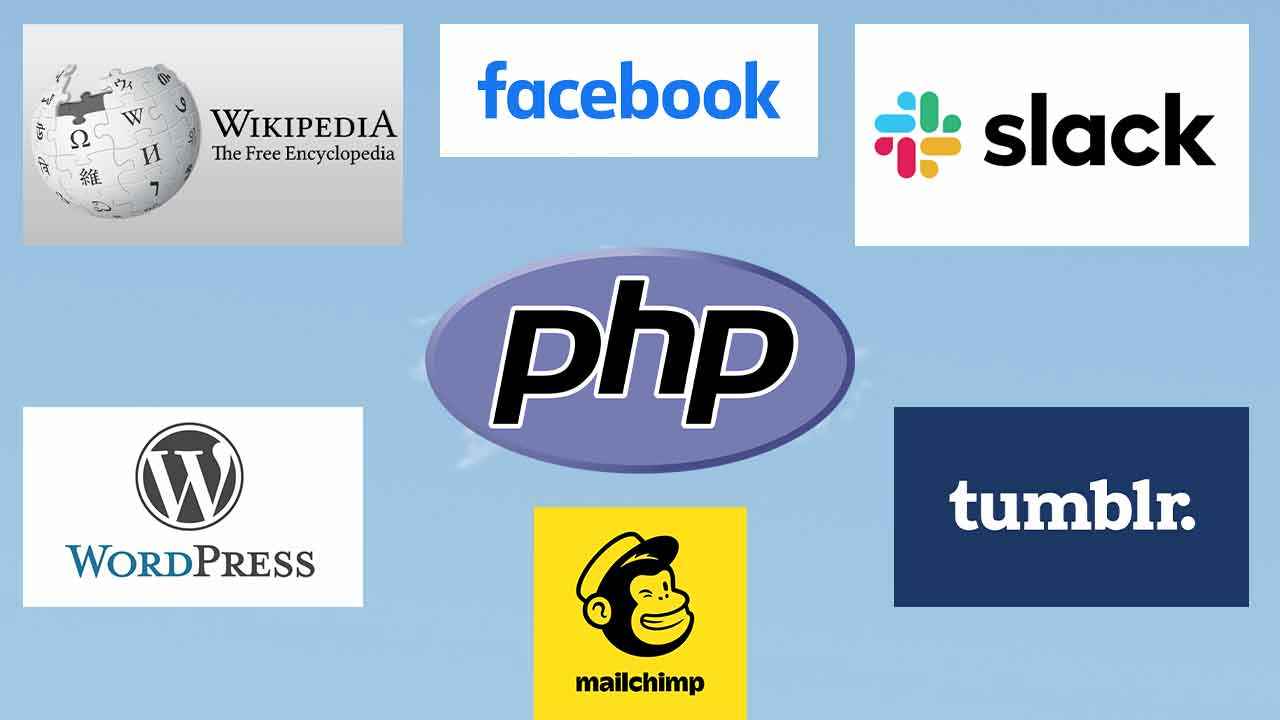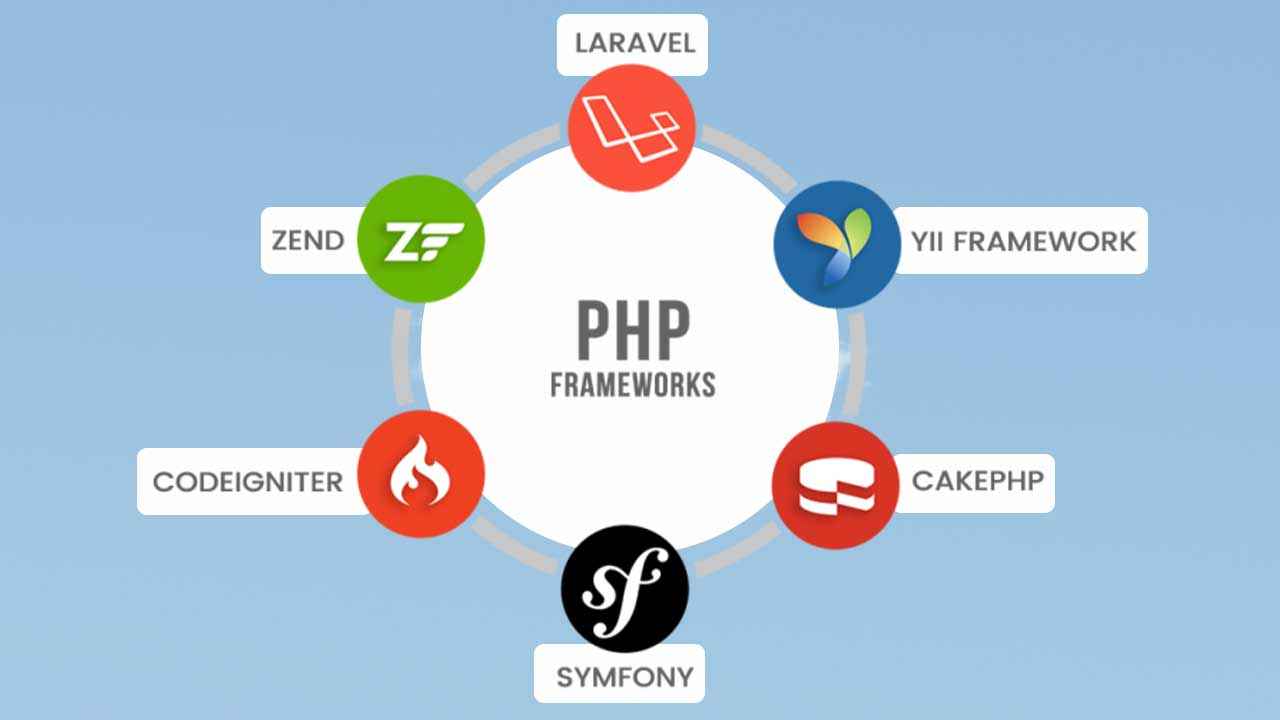PHP Tutorial for Beginners: Step By Step Guide With Solutions

Learn PHP Tutorial as an ultimate guide for beginners from basic concept to advanced topics covered. PHP is a popular general-purpose scripting language that is especially suited to web development. In Simple terms, PHP is the most popular server-side scripting language for creating dynamic web pages. It’s fast, flexible and practical, PHP powers everything from your blog to the world's most popular websites.
Latest Version: Current Stable of PHP is 8.0.10
It was originally created by Danish-Canadian programmer Rasmus Lerdorf in 1994.
PHP originally stood for Personal Home Page earlier, but it now stands for PHP: Hypertext Preprocessor.
W3Techs reports that, as of April 2021, "PHP is used by 79.2% of all the websites whose server-side programming language we know."
PHP is embedded into HTML code and vice versa. It is used to create and manage dynamic content, databases, session tracking, social networking websites and even build entire e-commerce sites.
It is integrated with several popular databases including MySQL, PostgreSQL, Oracle, Sybase, Informix and Microsoft SQL Server.
Tip: Our PHP Tutorial will help you learn the basics of the PHP programming language, from basic to advanced topics, step by step. If you are a beginner, start with the basics and work your way up, learning a little bit each day.
What you will learn in PHP Tutorial:
- The latest HTML 5 standard to HTML is used to format text, create hyperlinks, tables, lists, forms, display images and more.
- CSS to change the appearance and layout of all the pages in a Web site. Introduction to Saas, Using the basics of Saas (Improving CSS usage) into our project.
- JavaScript to improve the design, validate forms, detect browsers, create cookies, and much more.
- Learn to store, modify and retrieve data in databases with MySQL. Learn to generate dynamic page content, manage files and databases, and control user-access and data encryption with PHP.
Why Use PHP? Pros

Why Use PHP? Pros..
What you can do with PHP
- You can dynamically create pages and files.
- You can create, open, read, write, and close files on the server.
- You can collect data from a web form such as user information, email, phone number, etc.
- You can send email to users through your own website using form submission.
- You can send and receive cookies to track visitors to your website.
- You can store, delete and modify information in your database.
- You can restrict unauthorized access to your website.
- You can encrypt the data for secure transmission over the Internet.
- The list doesn't end there, there are a lot of other cool things you can do with PHP. You will explore all of them in detail.
Learn more about latest version PHP 8
PHP 8 was released on November 26, 2020. PHP 8 is a major release and features significant changes from previous releases. New features and notable changes include:
- Just-in-time compilation
- Compiling is the transformation from Source Code (human readable) into machine code (computer executable). A compiler takes the recipe (code) for a new program (written in a high level language) and transforms this Code into a new language (Machine Language) that can be understood by the computer itself.
- Addition of the match
- PHP 8 introduced expression match. The match expression is conceptually similar to a switch statement and more compact for certain use cases. Because the match is an expression, its result can be recorded in a variable or returned from a function.
- Type changes and additions
- Syntax changes and additions
- Standard library changes and additions
- Additional changes
- Type annotations were also added into PHP's C source code itself to allow internal functions and methods to have "complete type information in reflection."
- Inheritance with private methods
- Abstract methods in traits improvements
PHP - Some Popular Web Applications Projects

PHP - Some Popular Web Applications Projects
PHP Frameworks

PHP Frameworks